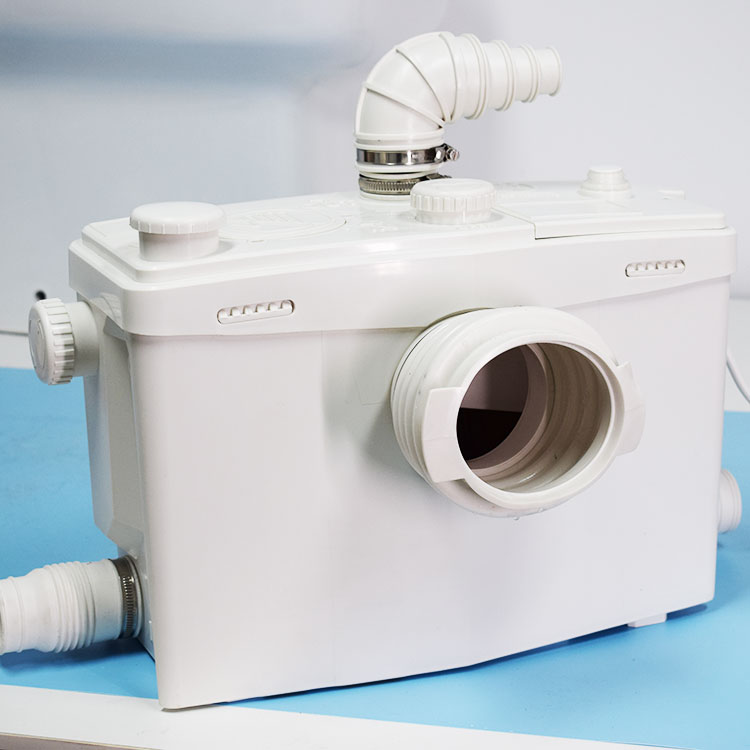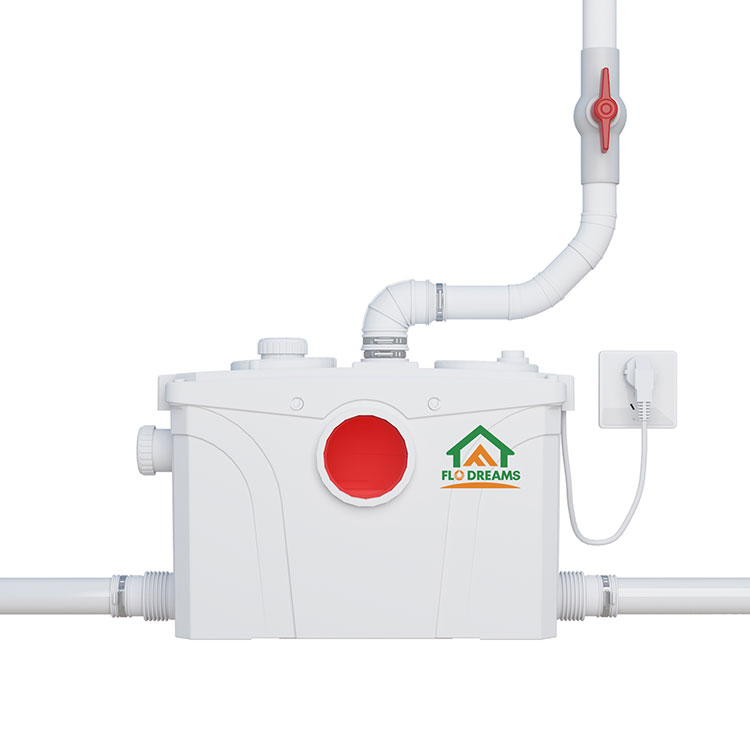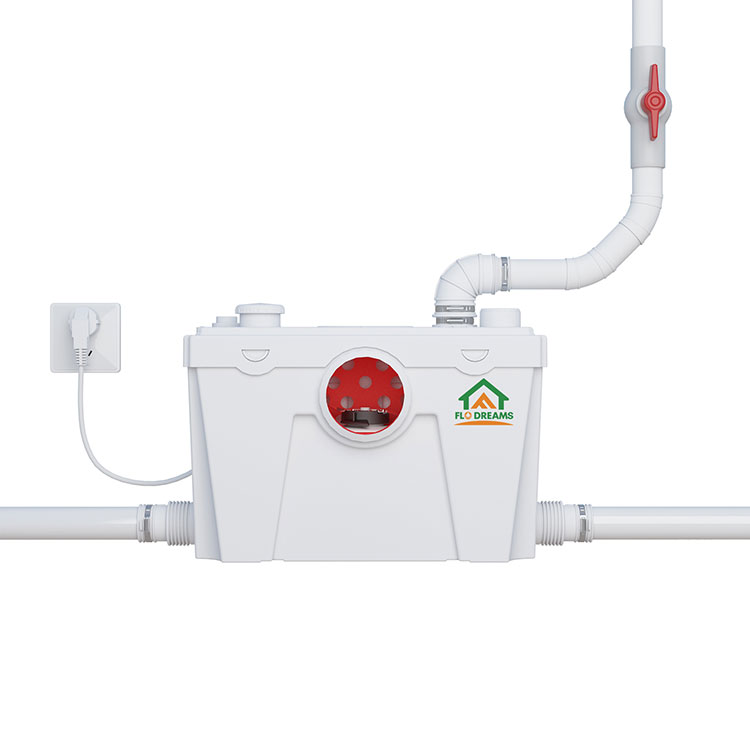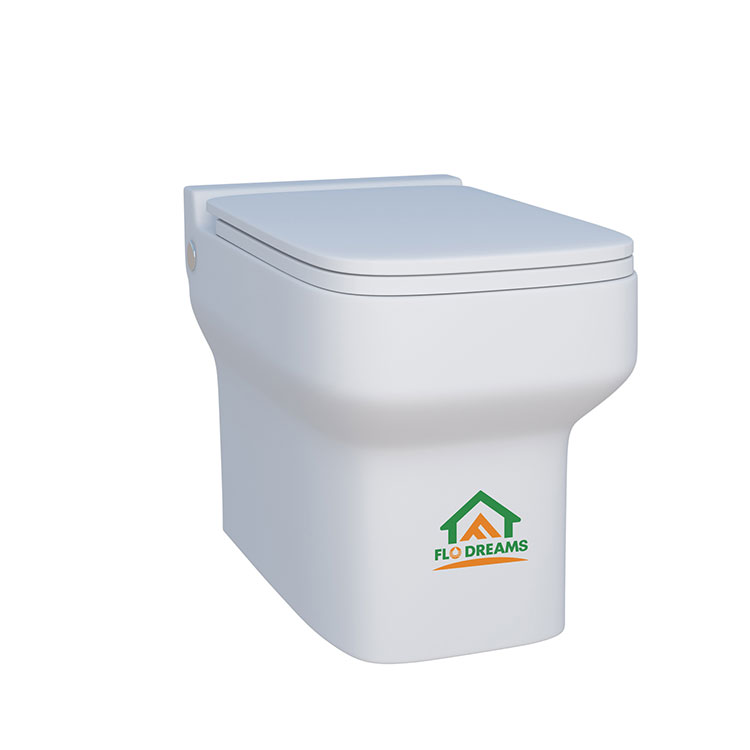A household macerator pump is a device that plays a crucial role in waste disposal systems within households. Here's how it works:
1. Intake of Waste
The macerator pump is typically connected to a fixture such as a toilet or sink. When waste is flushed or drained into the system, it enters the macerator pump's inlet.
For example, in the case of a toilet, the solid and liquid waste is directed towards the pump.
2. Grinding and Maceration
Inside the pump, there are sharp blades or cutting elements. These start rotating at high speed as the pump is activated. The blades grind and shred the incoming waste into smaller particles.
This process is similar to a blender chopping up ingredients. The maceration ensures that the waste becomes fine enough to be easily transported through the pipes.
3. Pumping Action
Once the waste is macerated, the pump creates a pressure differential that forces the pulverized waste through the outlet and into the drainage pipes.
It's like pushing water through a hose with force. The pump's power and design allow for efficient movement of the waste despite potential obstacles or long pipe runs.
4. Discharge and Disposal
The macerated waste is then carried along the plumbing system to the main sewer line or septic tank for proper disposal.
To illustrate, imagine the macerator pump as a powerful engine that drives the waste from its source to the final destination without causing blockages or backups.
In conclusion, a household macerator pump works through a combination of intake, maceration, pumping, and discharge to effectively handle and dispose of household waste, providing a convenient and efficient solution for certain plumbing setups.
 English
English  Español
Español  Português
Português  русский
русский  Français
Français  日本語
日本語  Deutsch
Deutsch  tiếng Việt
tiếng Việt  Italiano
Italiano  Nederlands
Nederlands  ภาษาไทย
ภาษาไทย  Polski
Polski  한국어
한국어  Svenska
Svenska  magyar
magyar  Malay
Malay  বাংলা ভাষার
বাংলা ভাষার  Dansk
Dansk  Suomi
Suomi  हिन्दी
हिन्दी  Pilipino
Pilipino  Türkçe
Türkçe  Gaeilge
Gaeilge  العربية
العربية  Indonesia
Indonesia  Norsk
Norsk  تمل
تمل  český
český  ελληνικά
ελληνικά  український
український  Javanese
Javanese  فارسی
فارسی  தமிழ்
தமிழ்  తెలుగు
తెలుగు  नेपाली
नेपाली  Burmese
Burmese  български
български  ລາວ
ລາວ  Latine
Latine  Қазақша
Қазақша  Euskal
Euskal  Azərbaycan
Azərbaycan  Slovenský jazyk
Slovenský jazyk  Македонски
Македонски  Lietuvos
Lietuvos  Eesti Keel
Eesti Keel  Română
Română  Slovenski
Slovenski  मराठी
मराठी  Srpski језик
Srpski језик 





